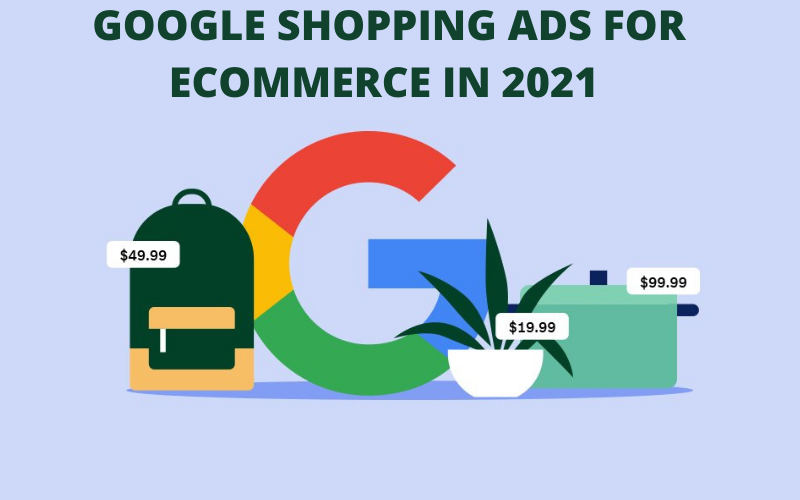RLSA Stands for Remarketing list for search ads. RLSA allows you to customize search ads campaigns for people who have previously visited your site.
Additionally it let’s you tailor your bids and ads to these visitors when they’re searching on Google and search partner sites. When any visitor leaves a site, remarketing lists help connect with those shoppers while they are searching for what they need on Google.
How to set up a Remarketing list?
To start the RLSA remarketing we require a remarketing tag on our website. This code tells Google Ads to add every site visitor to your list. In RLSA Remarketing we have 540 days maximum time duration for chasing a user & we must have a minimum 1000 active users list size for activating the remarketing list then only it will start working.
What are the benefits of using RLSAs?
With RLSAs you can better tailor your search campaigns to target more qualified and valuable users who are already aware of your website. Here’s how it works: · When a user visits your website through the search ad campaign for the first time, Google charges according to the bid optimized.
- When the same user revisits the search ad, this time you are benefited as Google will charge less CPC as compared to the first time.
- RLSA provides the effective cost cutting benefits by reducing the CPC.
- We have one other way to use RLSA Remarketing through smart bidding by using the API method. This method is fully automatic as compared to the standard method. So that’s why RLSA is a must for an account. Examples of Audiences or Customers a retailer can put into practice
To implement and use RLSA, here are four examples of audiences:
1. Your Existing customers
2. Customers who have recently purchased from your website
3. Visitors to the website but didn’t make a purchase
4. Visitors who filled but left their shopping cart without making a purchase.
Best RLSA Strategies
There are two basic strategies for using remarketing lists with search ads that are useful for any type of business to get better results:
1. Optimize bids for the existing keywords This lets you increase your bid for those who previously visited your website within the last 30 days.
2. Bid on keywords for which visitors landed on website Bidding on broad keywords only for people who have purchased from your site in the past. This can help you increase your sales.





